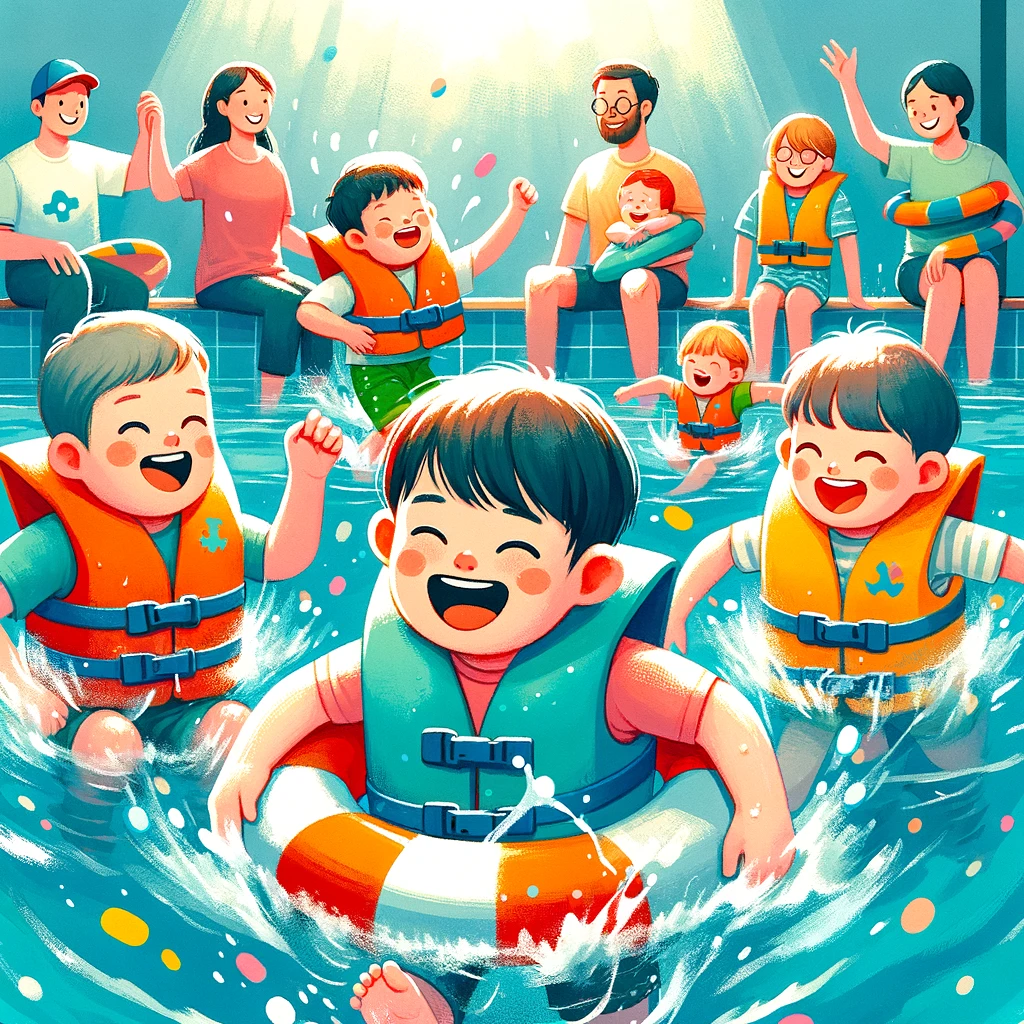
The Critical Importance of Supervising Non-Verbal Autistic Children Near Water
As the pool and beach season nears, water safety is a crucial concern for all parents, but for those with non-verbal autistic children, the stakes are even higher. Due to their unique challenges, these children are at a significantly increased risk of drowning. This blog post explores this issue and offers strategies to help keep these vulnerable children safe.
Understanding the Risks:
Research indicates that children with autism are up to 160 times more likely to experience drowning incidents than their neurotypical peers. This heightened risk is partly due to their tendencies to wander and their attraction to water. Moreover, sensory processing issues can make water environments particularly hazardous for children with autism.
Preventative Measures:
- Supervision: Constant, vigilant supervision is essential when non-verbal autistic children are near water. This includes pools, ponds, lakes, and the ocean.
- Secure Environments: Ensuring that home pools are surrounded by a high, non-climbable fence with a self-latching gate can prevent unsupervised access to water.
- Communication and Behavior Strategies: Work on communication that helps your child understand the dangers associated with water and what to do in an emergency. For non-verbal children, using visual aids or AAC devices can be particularly effective.
- Safety Training: Teach water safety and swimming skills in a controlled environment. Look for programs specifically designed for children with autism.
Community and Education:
Educating friends, family, and neighbors about the risks and the necessary precautions can further safeguard a child. Community awareness programs can help by providing resources and training on how to interact and assist in emergencies.
For further insights into the dangers associated with water and autism, as well as additional safety tips, please refer to detailed articles on Stop Drowning Now and HealthyChildren.org.
Additionally, the recent tragic story of a father who died while saving his non-verbal autistic 4 year old child from drowning highlights the critical need for awareness and preparedness in such situations. You can read more about this tragic incident on NBC-2.
Conclusion:
This blog post aims to raise awareness and provide actionable advice to help prevent drowning incidents, ensuring that non-verbal autistic children can enjoy a safer environment around water.


No Comments